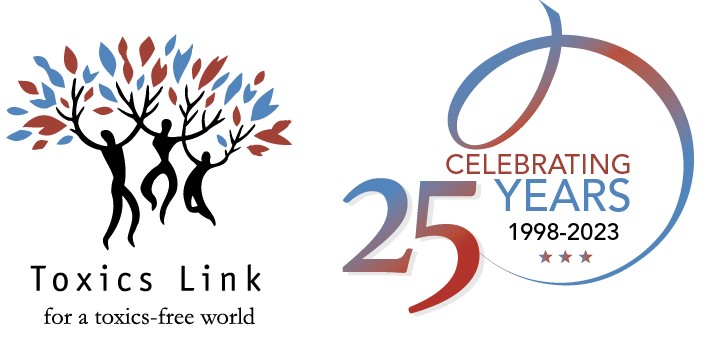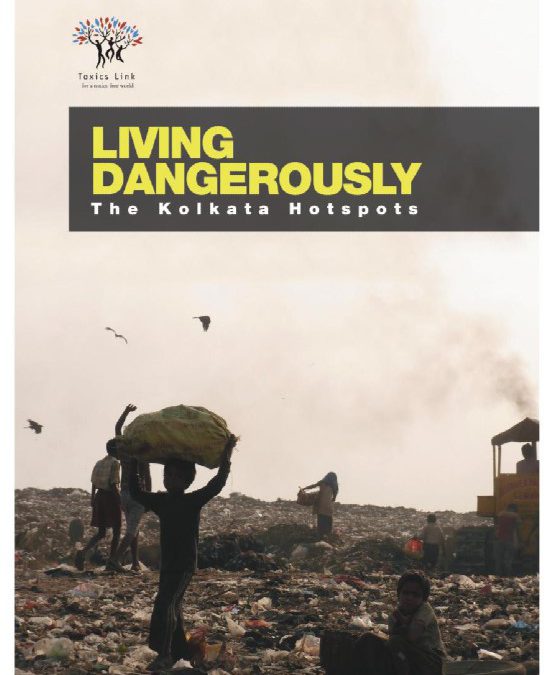

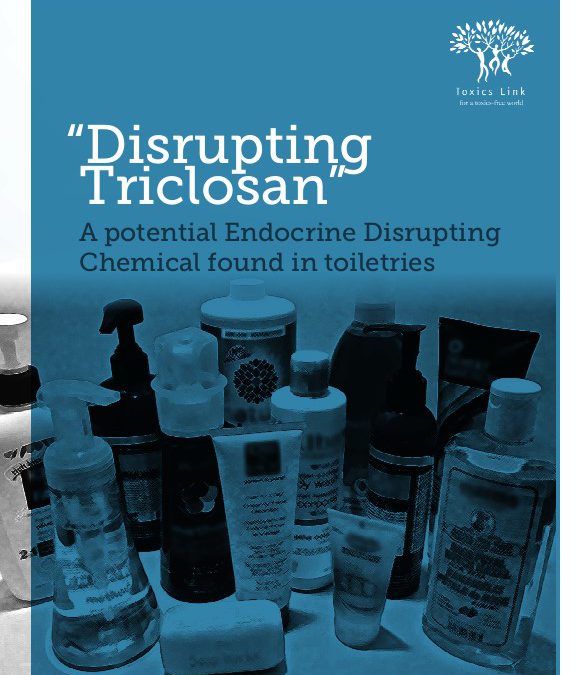
Disrupting Triclosan: A potential Endocrine Disrupting Chemical Found in Toiletries
Disrupting Triclosan: A potential Endocrine Disrupting Chemical Found in Toiletries Title: Disrupting Triclosan: A potential Endocrine Disrupting Chemical Found in ToiletriesPublication Type: Research ReportsYear of Publication: 2016Abstract: Read...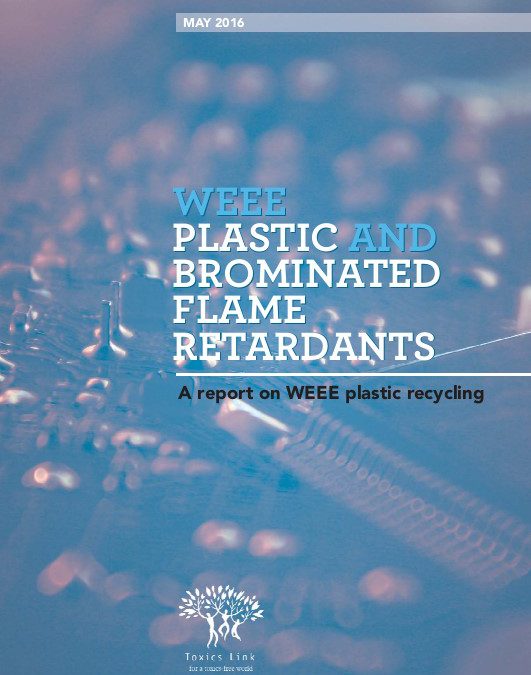
WEEE Plastic and Brominated Flame Retardants: A Report on WEEE Plastic Recycling
WEEE Plastic and Brominated Flame Retardants: A Report on WEEE Plastic Recycling Title: WEEE Plastic and Brominated Flame Retardants: A Report on WEEE Plastic RecyclingPublication Type: Research ReportsYear of Publication: 2016Abstract: Read...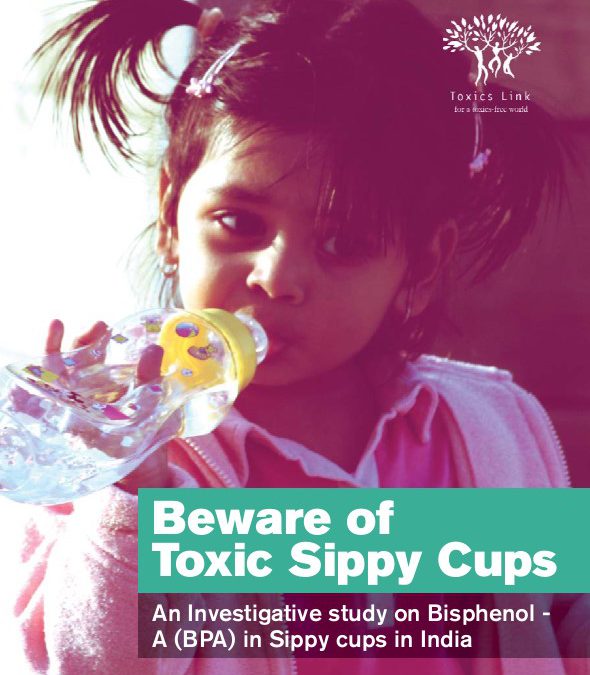
Beware of Toxic Sippy Cups: An Investigative Study on Bisphenol
Beware of Toxic Sippy Cups: An Investigative Study on Bisphenol Title: Study on Bisphenol A BPA in Sippy cupsPublication Type: Research ReportsYear of Publication: 2016Abstract: Read...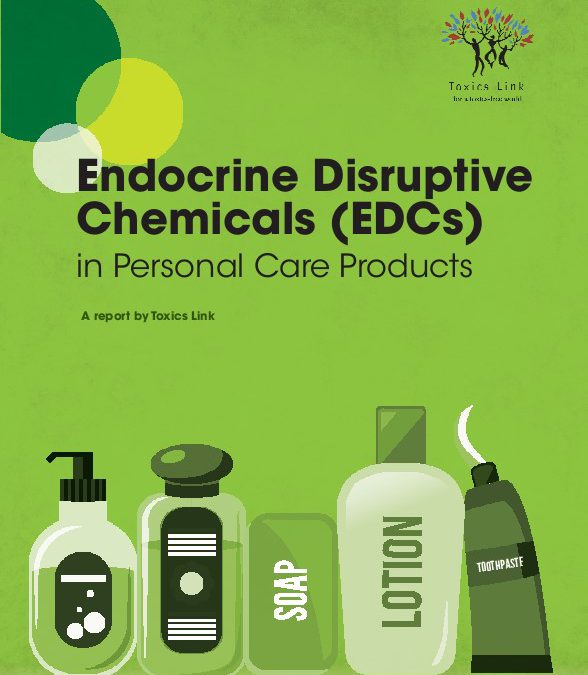
Endocrine Disruptive Chemicals (EDCs) in Personal Care Products
Endocrine Disruptive Chemicals (EDCs) in Personal Care Products Title: Endocrine Disruptive Chemicals EDCsPublication Type: Research ReportsYear of Publication: 2016Abstract: Read...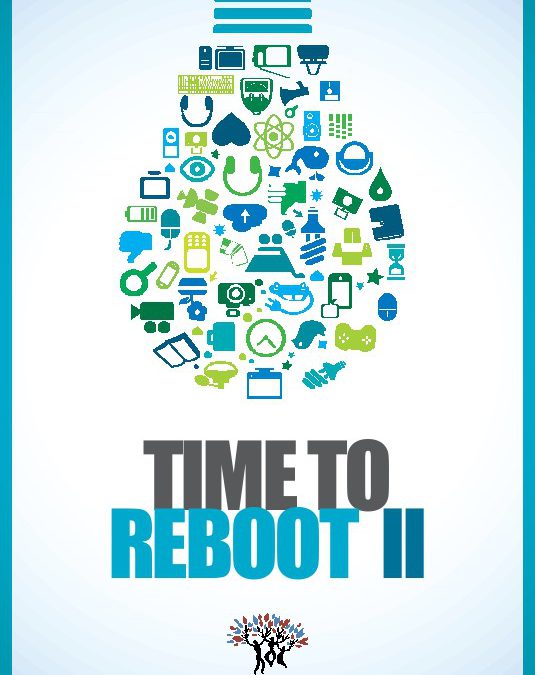
Time to Reboot II
‘Time to Reboot II’, as the title suggests, is in continuation to our first report last year which rated the top Producers of EEE in the country on their performance on EPR, and is a sustained effort towards improving compliance to theRules. The ?ndings of this report indicate that the Producers are still shying away from their responsibility and there is a need to address many gaps and improve e-waste management.For the complete findings please read the report.
